

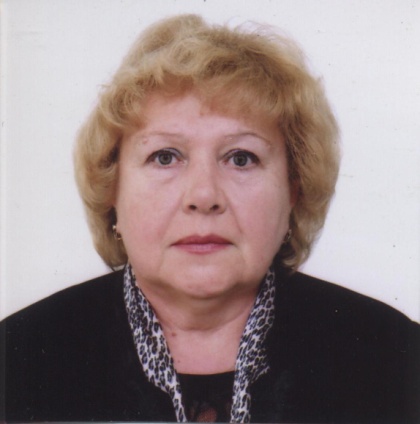
Nanofabrication of conducting polymer composites with taylored functions
Chief Research Fellow Aksementyeva Olena, Doctor of Chemical Sciences (2000, specialty 02.00.04 - Physical Chemistry; dissertation topic "Physico-chemical regularities of obtaining and properties of electrically conductive polymers in a thin layer"); academic title - professor (2016)
Research interests:
Physicochemistry of electrically conductive polymers, hybrid polymer-semiconductor nanosystems, electro-optics and magnetism of organic compounds.
Prof. Olena Aksimentyeva is an author of about 500 scientific papers, including 5 monographs, 235 articles, 50 copyright certificates and patents for inventions.
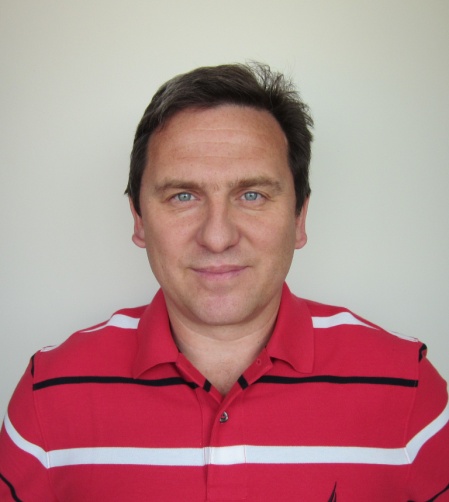
Nanoparticles for multimodal imaging guided photodynamic therapy of cancer
Tymish Y. Ohulchanskyy holds his PhD. degree in physics from the National Taras Shevchenko University of Kyiv (Kyiv, Ukraine).
Dr. Ohulchanskyy's expertise lies in the area of photophysics and physical chemistry of organic materials and organic/metal/ceramic/semiconductor or hybrid nanostructures.
Current research interests:
Dr. Ohulchanskyy has published one hundred articles in peer-reviewed scientific journals and obtained one USA patent; ten patent applications and invention disclosures are pending.
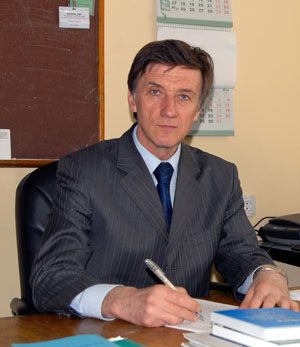
Magnetic nanoparticles based on oxide systems: synthesis, properties, applications
Doctor of Chemical Sciences, Professor, Head of Department of Solid State Chemistry, V. I. Vernadsky Institute of General and Inorganic Chemistry, Member of National Academy of Sciences of Ukraine. He is the author of more than 500 scientific publications. Works in the field of inorganic chemistry and materials science. Investigates the conditions of formation, structure, properties of complex oxide systems and develops on their basis highly efficient functional materials: ultrahigh-frequency dielectrics, ferroelectric semiconductor materials, cationic conductors for communication systems, mechanical engineering, and other industries.

Label-free biosensing on Plasmonic Nanostructures using SERS
Mehmet Kahraman received his B.S degree in Chemistry from Cukurova University in 2005, M.S in Bioengineering from Yildiz Technical University in 2007. He received his PhD degree in Chemistry from Istanbul Technical University in 2011. He worked as a Teaching and Research Assistant under the supervision of Prof. Mustafa Culha at Yeditepe University between 2005-2011.
Then, He did post-doctoral research at University of California, Davis for a year under the supervision of Prof. Sebastian Wachsmann-Hogiu. He is currently an Assoc. Prof. at Gaziantep University in Turkey. He has co-authored more than 40 referred articles.
His current research interests include the development of novel nanomaterials for sensing and imaging, plasmonic nanoparticles (metal and core-shell) synthesis and modification, surface enhanced Raman scattering (SERS) of biological molecules and structures such as bacteria, tissue and proteins, and development of novel SERS substrates.
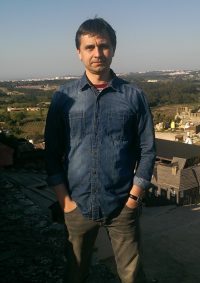
Crystal structure and orbital ordering of BiMnO3+δ (0 < δ < 0.14) compounds across the phase boundary
Dr. Dmitry Karpinski is head of the laboratory in Scientific-Practical Materials Research Centre of the National Academy of Science of Belarus. He is the author of more than 119 journal publications.
His scientific specialization cover magnetic and transport properties of solids, polarization and magnetoelectric phenomena, diffraction techniques/data treatment (XRD, NPD, SPD), atomic force microscopy (PFM, MFM, SRI etc.), preparative chemistry of solids.

Charm of dendrimer nanotechnology in biomedical applications
Dr. Ling Peng is a research director at the French National Scientific Research Center (CNRS). She carried her undergraduate study in polymer chemistry with Prof. Chen Rongshi at Nanjing University in China, her PhD program in organic chemistry with Prof. Albert Eschenmoser at Swiss Federal Institute of Technology in Zurich in Switzerland, and her postdoctoral research in Pharmacy with Prof. Maurice Goeldner at the Louis Pasteur University of Strasbourg in France.
She is currently a group leader at the Interdisciplinary Center on Nanoscience in Marseille (CINaM) in France and working actively in developing multifunctional dendrimers as intelligent nanomaterials for drug and gene delivery, molecular probes for exploring biological events, and drug discovery. She has co-authored more than 100 scientific papers, 6 patents, and 15 book chapters. Dr. Ling Peng has also coordinated and participated in different European projects. Her research team has been labeled by La Ligue Contre le Cancer in France since 2016, and she was awarded the Prize of Dr. and Mrs. Henri Labbé of the French Academy of Sciences in 2017.
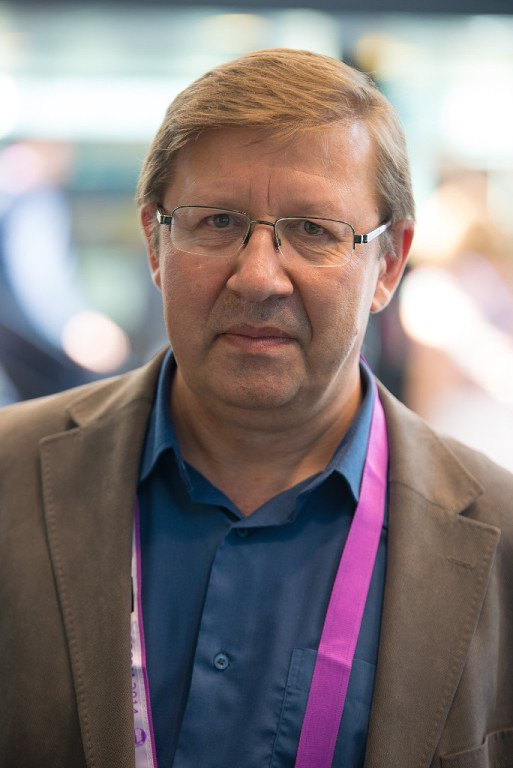
Distinctive features of diffusion-controlled point defect recombination in irradiated functional ceramics for nuclear applications
Doctor of Physical and Mathematical Sciences, Professor Anatoli Popov is a renowned scientist in the field of condensed matter physics. Prof. Anatoli Popov is a graduate of the Moscow Institute of Physics and Technology
Research interests of Prof. Anatoli Popov are Radiation damage of insulators, Point defects, Optical properties of insulators, Luminescence; VUV, IR and FTIR spectroscopy; Synchrotron radiation spectroscopy (VUV, XD, XAS, EXAFS, FTIR); Neutron imaging and spectroscopy, Scintillators, Storage phosphors, Dosimetry and radiation imaging, Superionics, Nanomaterials.
Prof. Popov is the author of more than 150 publications and participant in more than 350 conferences.
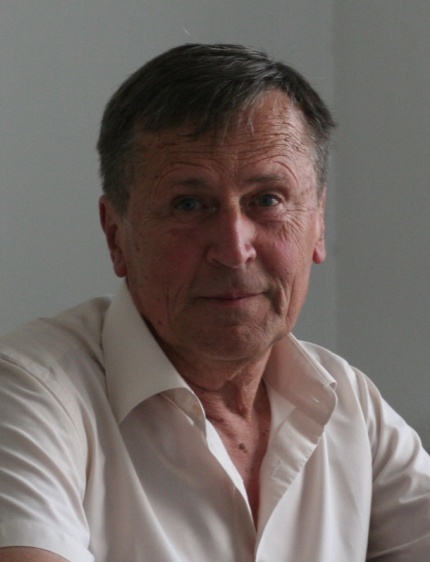
Enhancing high-rate electrochemical properties of LiMn2O4 by means of surface modification
Prof. Sviatoslav Kirillov is a recognized expert in the fields of chemical materials science, physical chemistry of liquids, and disordered systems. He solved the scientific problem of creating materials for high-power electrochemical power devices, and enriched such areas of chemistry as nanochemistry, theory of intermolecular interactions and elementary processes in liquids and glass-forming systems, and chemical kinetics with outstanding achievements.
Among the achievements of Prof. Kirillov there are 422 scientific works (75 in the last five years), including 3 books, 185 articles in scientific journals, and 11 inventions.
Prof. Kirillov actively participates in international scientific projects. In 1995 his team was the first in Ukraine and the CIS to be involved in NATO Science for Stability program. Repeatedly he was invited abroad by General Secretariat of Science and Technology of Greece, NATO, Enterprise Ireland for scientific and educational work. In particular, he worked for almost 3 years at the Institute of Chemical Technology and High Temperature Chemical Processes (Patras, Greece). Since 2016 he heads the joint Ukrainian-Chinese laboratory of lithium-ion current sources, established on the basis of MOEE and Institute of Energy Research of Shandong Academy of Sciences (Jinan, Shandong, China).
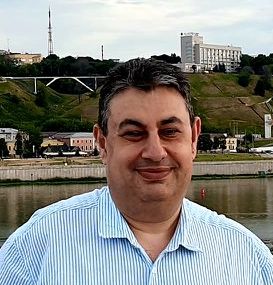
Tungsten Disulfide Nanoparticles as Media for Hydrogen Storage: Experiment and Simulations
PhD in interaction of low energy electrons, photons and ions with diamond surfaces (Technion, Israel), 2003. Positions held: 2003-2004 Postdoctoral scientist, the Laboratory of Molecular Photophysics, Orsay (France), 2004-2007 Research Scientist, the lab. of materials for space environment, Soreq Nuclear Research Center (Israel). From 2007: senior lecturer in physics and head of the Microscopy Labs, Holon Institute of Technology (HIT) (Israel).

Composites of metal-containing nanoparticles for catalytic hydrogenation of heterocyclic organic compounds
He defended the PhD. thesis entitled "Synthesis, structure, spectral, magnetochemical and redox-properties of polynuclear nickel(II) complexes with oxide-containing ligands" (advisor: Prof. Vitaly V. Pavlishchuk) and the Habilitation thesis entitled "The influence of chemical and crystal structure on magnetic and sorption properties of microporous multispin systems based on polynuclear complexes of 3d metal ions and their nanosized oxides" (advisor: Prof. Vitaly V. Pavlishchuk). He is co-author of more than 80 papers and more than 10 patents of Ukraine
Scope of scientific interests
Sorption and catalytic properties of porous coordination polymers of 3d and 4f metals, composites based on porous materials and oxide or metal nanoparticles, multifunctional materials.
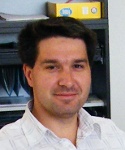
Lattice dynamics and trimeron order of the Verwey transition in magnetite - theory vs. Experiment
Dominik Legut is a senior scientist at the IT4Innovations Czech supercomputing center at the VSB - Technical University of Ostrava, Ostrava, Czech Republic. He received his PhD in Material Science Engineering in 2004 at Brno University of Technology, Brno, Czech Republic. In 2007-2012 he spent post-doc stays at the Uppsala University in Sweden and Material Center Leoben in Austria. At present he designs novel materials performing first principles calculations with focus to nuclear fuel materials, superhard coatings, and low-dimensional magnetic structures.
He is especially interested in following topics: ultrafast demagnetization and its detection by X-ray magnetic circular dichroism, Kerr effect; linear and quadratic magneto-optical effects in valence and soft/hard x-ray regime; thermal expansion of materials, lattice vibrations, electronic correlations and spin-orbit coupling in f-electron systems; exchange interactions and thermodynamical stability of low dimensional magnetic systems; phase stability of superheavy elements and calculations of the relativistic effects (spin-orbit interaction in particular).
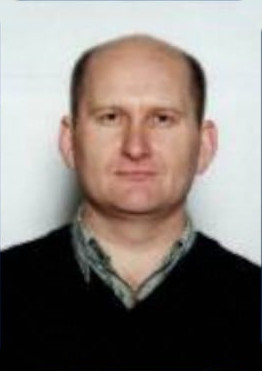
Zeolite nanocomposites with variable acid and basic properties – effective catalysts for fine chemical synthesis and industrial reaction
Dr. Oleksiy Shvets graduated the National Taras Shevchenko University of Kyiv, chemistry department, specialization – physical chemistry.
He is the author of more than 120 papers and 1 patents of Ukraine.
Area of scientific interests:
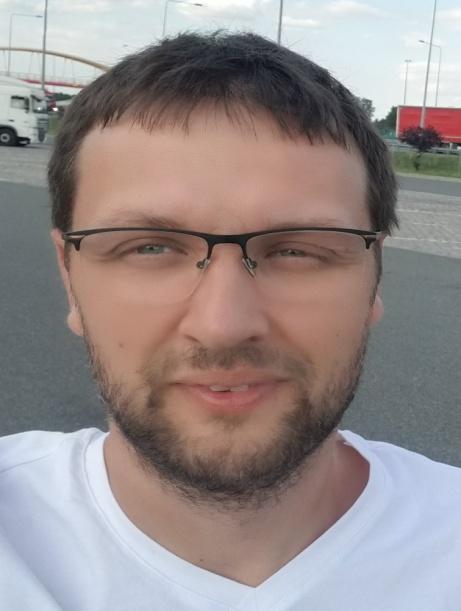
Polymeric core-shell nanoparticles – preparation, characterization and biomedical application
Research interests: Nanomaterials, nanomedicine, polymeric nanoparticles, nanocapsules, drug delivery, targeted therapy, passive, active and physical targeting, theranostics, imaging, metallic nanoparticles, layer by layer, anticancer therapy, neurodegenerative disorders, physical chemistry, surface modification.
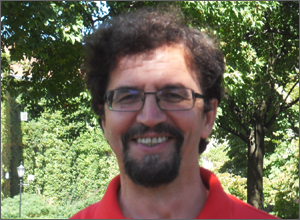
Liquid crystal elastomer coatings with dynamic nanoscale topography and their applications
Prof. Oleg D. Lavrentovich received his Ph.D. (1984) and Doctor of Science (1990) degrees in Physics and Mathematics from the Ukrainian Academy of Sciences. In 1992 he joined the Liquid Crystal Institute as a Senior Research Fellow. He served as the director of institute in 2003-2011.
Fellow of SPIE and American Physical Society. He is the editor of Liquid Crystals Reviews (Taylor & Francis), associate editor of Soft Matter, and member of the Editorial Boards of Liquid Crystals, Condensed Matter Physics, Ukrainian Journal of Physics and Advisor of the Kent State University SPIE Student.
His research work focuses on soft matter formed by weakly interacting organic molecules. The emphasis is on systems with orientational order, known as liquid crystals, and their composites, such as dispersions of colloidal particles in liquid crystals, water dispersions of self-organizing chromonic aggregates, living liquid crystals.